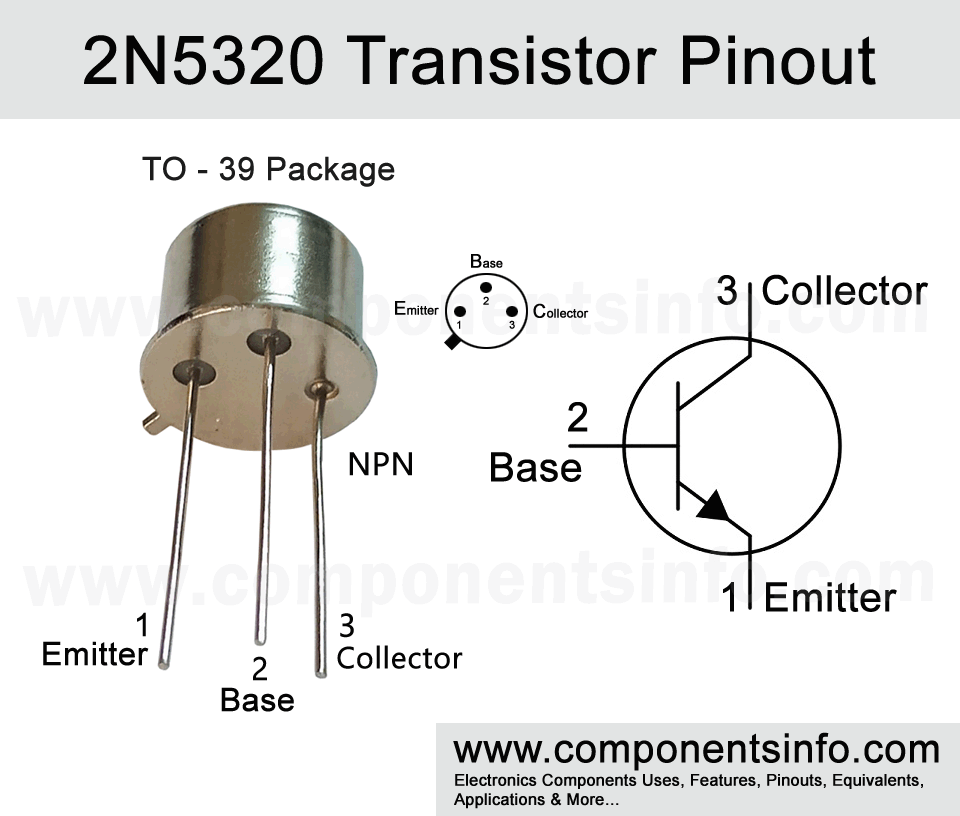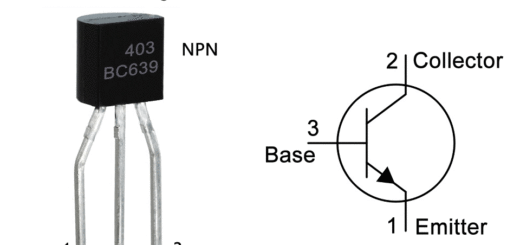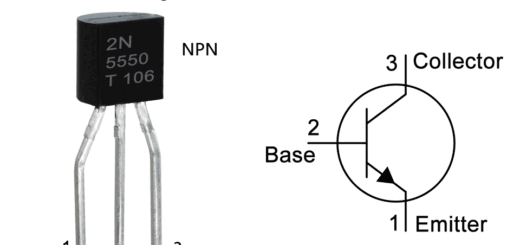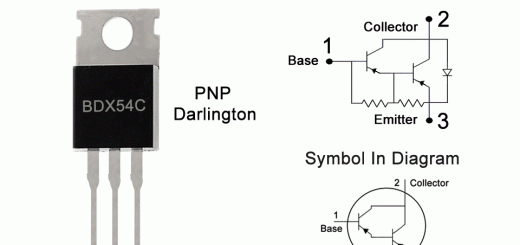2N5320 Transistor Pinout, Features, Applications, Equivalents and other useful info
Today we are going to discuss about 2N5320 transistor pinout, features, applications, equivalents, safe operating guidelines and other useful info.
Absolute Maximum Ratings:
- Package Type: TO-39
- Transistor Type: NPN
- Max Collector Current(IC): 2A
- Max Collector-Emitter Voltage (VCEO): 75V
- Max Collector-Base Voltage (VCBO): 100V
- Max Emitter-Base Voltage (VEBO): 7V
- Total Power Dissipation (PD): 10W
- Max Transition Frequency (fT): 50 MHz
- Minimum & Maximum DC Current Gain (hFE): 30 to 130
- Max Storage, Operating & Junction temperature range: -65 °C to +200 °C
PNP Complementary:
The PNP complimentary of 2N5320 is 2N5322
Replacement and Equivalent:
2N5322
2N5320 Transistor Explained / Description:
2N5320 is an NPN transistor available in TO-39 package. 2N5320 is a part of a series which also contains other NPN transistor 2N5321. There are also PNP complimentary pairs for these transistors are available which are which are 2N5322 and 2N5323. The transistors are designed for amplifier and switching applications. The transistor features high collector to emitter voltage of upto 75V, good operating temperature range, availability of PNP complementary, etc.
Looking at the absolute maximum ratings of the transistor are as follows: collector current is 2A, collector-emitter voltage is 75V, base current is 1A, emitter-base voltage is 7V, total device dissipation is 10W, storage temperature is -65°C to 200°C and junction temperature is 200°C.
Where We Can Use it & How to Use:
The transistor is designed to be used in switching and amplifier applications, this covers wide range of applications. The detailed list of its applications can be found under the applications heading below.
It is a BJT transistor so he using procedure is same as we use any other BJT transistor. For using as a switch apply signal from which you want to control to its base, connect the emitter with the negative rail of the circuit and the load should be connected between the collector and the positive rail of the circuit. Of course, you have to use the passive components where required or according to your needs.
To use as an amplifier apply the signal you want to amplify to its base through a suitable capacitor and biasing network of two resistors. Connect the collector pin with the positive rail of the circuit and connect a suitable load resistor between them. The emitter pin will be connected with the negative rail of the circuit through a resistor and capacitor parallelly connected to each other.
Applications:
Motors Control
Audio amplifier circuits
Switching circuits
Voltage Regulator
Power supply
Safe Operating Guidelines:
Here are some safe operating guidelines to use the transistor.
- Do not use the transistor to its absolute maximum ratings and always stay 20% below.
- The maximum collector current of the transistor is 2A so by following the 20% guideline we will only use 1.6A.
- The same will be applied to the collector-emitter voltage, the maximum collector-emitter voltage is 75 but we will not drive load of more than 60V.
- Always use a suitable heatsink with the transistor.
- Max power dissipation should be under 10W.
- The minimum and maximum operating and storage temperature of the transistor should be between -65°C above +200 °C.
Datasheet:
To download the datasheet just copy and paste the below link in your browser.
https://my.centralsemi.com/datasheets/2N5320-5323.PDF



